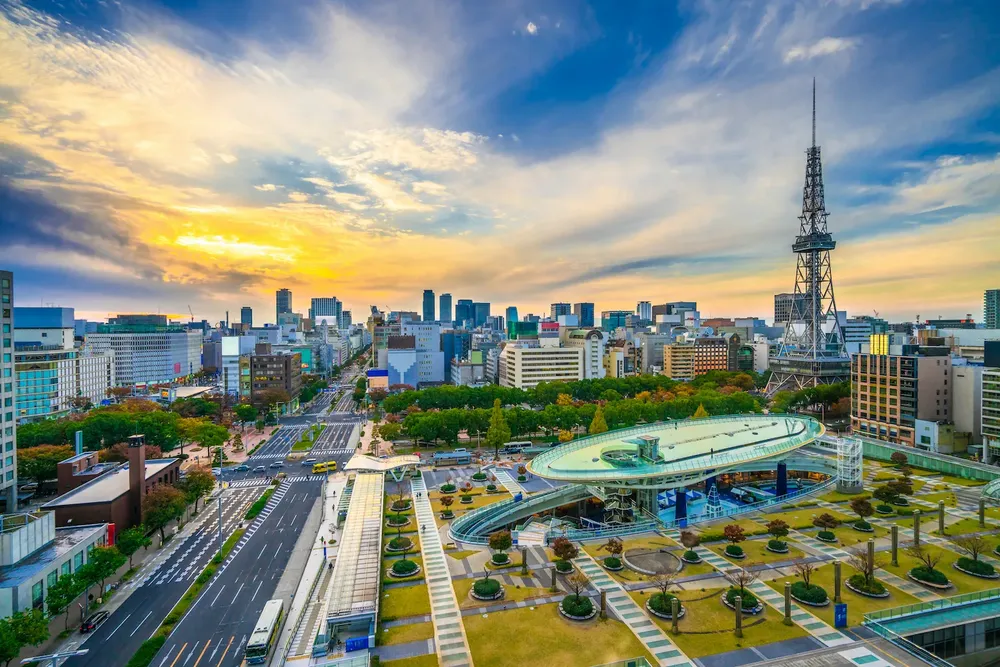Nagoya is a vibrant and bustling city located in the Aichi Prefecture of Japan. With a population of over 2.2 million people, Nagoya is the fourth-largest city in Japan and serves as a major economic and cultural hub of the region. In this article, we will explore the history, culture, and attractions of Nagoya.

History:
Nagoya has a rich and diverse history that spans over 400 years. The city was founded in 1610 by the famous shogun Tokugawa Ieyasu, who sought to establish a new castle town in the central region of Japan. The castle, known as Nagoya Castle, became the centerpiece of the city and served as the residence of the Owari branch of the Tokugawa clan.
During World War II, Nagoya was heavily bombed by the Allied forces, resulting in the destruction of much of the city. However, Nagoya was quickly rebuilt after the war, and today it is a thriving metropolis that combines traditional Japanese architecture with modern urban design.
Culture:
Nagoya has a rich cultural heritage that is reflected in its art, music, and cuisine. The city is famous for its traditional crafts, such as ceramics, lacquerware, and textiles, which have been passed down from generation to generation.
One of the most popular cultural attractions in Nagoya is the Nagoya Festival, which takes place every October. The festival features traditional Japanese music, dance, and costumes, as well as a parade of enormous floats decorated with paper lanterns.
Nagoya is also known for its unique cuisine, which includes dishes such as miso-katsu (deep-fried pork cutlet served with a miso-based sauce), hitsumabushi (grilled eel served over rice), and tenmusu (rice balls filled with shrimp tempura). Visitors to Nagoya can sample these and other local delicacies at the city’s many restaurants and food markets.
Attractions:
Nagoya is home to a wide range of attractions, from historical landmarks to modern entertainment complexes. Some of the most popular attractions include:
- Nagoya Castle: This iconic castle is one of the most famous landmarks in Nagoya. Built in the 17th century, the castle features impressive stone walls, ornate turrets, and a large moat.
- Atsuta Shrine: This ancient Shinto shrine is one of the most important religious sites in Japan. It is believed to house the sacred sword Kusanagi, one of the three imperial regalia of Japan.
- Toyota Commemorative Museum of Industry and Technology: This museum tells the story of the Toyota Motor Corporation and its contributions to the automotive industry. Visitors can see exhibits on the history of the company, as well as interactive displays on the latest advances in automotive technology.
- Nagoya City Science Museum: This museum is one of the largest science museums in Japan, with interactive exhibits on astronomy, robotics, and other scientific topics.
Conclusion:
Nagoya is a fascinating city that offers a unique blend of history, culture, and modernity. With its rich heritage, delicious cuisine, and impressive attractions, Nagoya is a must-visit destination for anyone traveling to Japan. Whether you’re interested in exploring historical landmarks, experiencing traditional Japanese culture, or sampling the local cuisine, Nagoya has something to offer for everyone.
